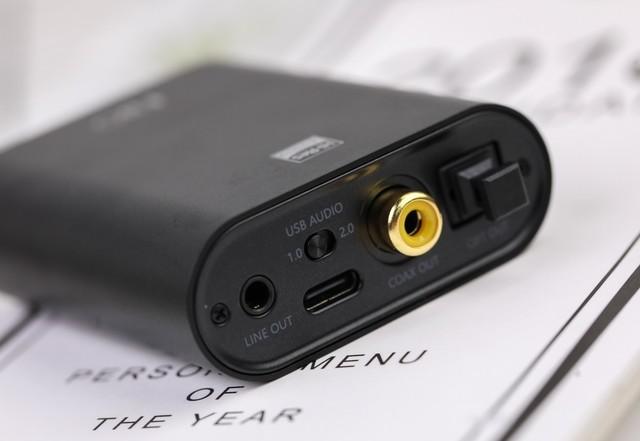After we buy a brand new audio product, often the first thing is wiring, in addition to the power cord everyone is more familiar with, there are a lot of various interfaces left, it will indeed make some small white confused, do not know how to connect these lines, or do not know what these interfaces are used for. Then some people may say, now many audio devices support Bluetooth, even Bluetooth is so simple, why do you need to connect ah? Bluetooth does make our use of the process more convenient, but Bluetooth also has certain disadvantages, Bluetooth transmission sound will be delayed, and the transmission of audio files will be compressed, sound quality will be lost, so to get the best effect, or wired connection is more reliable.
Although wired connections can get better results, it is more headache that some interfaces will have different functions, but the appearance will be the same, so that some novice users will be troubled. Let's take a look at some common audio interfaces today. The most common ones are the coaxial and fiber optic interfaces, so let's introduce these two interfaces today.
Coaxial interface
The coaxial audio interface, the standard is SPDIF (Sony / Philips Digital InterFace), is jointly developed by Sony Corporation and Philips Corporation, and is marked by Cosmic on the back panel of audiovisual equipment, mainly to provide the transmission of digital audio signals. Coaxial interfaces are generally divided into two types, one is RCA coaxial interface, and the other is BNC coaxial interface. The former is no different from the analog RCA interface in appearance, while the latter is slightly similar to the model interface we commonly find on televisions, with the addition of a crystal design.

"COAXIAL" coaxial audio interface
Due to the constant transmission impedance of the coaxial and the high transmission bandwidth, the bandwidth of the coaxial cable can reach several hundred megahertz, which can ensure the quality of audio transmission. However, although the appearance of the RCA coaxial interface is the same as the RCA analog interface, but the two lines must not be mixed, because the RCA coaxial line is a fixed 75Ω impedance, so if the mixed line will cause instability in sound transmission, resulting in sound quality when the sound transmission is affected to a certain extent.
Fiber optic interface
Optical fiber (Optical), derived from the technical standards developed by Toshiba, the physical interface of optical fiber is divided into two types, one is a standard square head, and the other is a round head design similar to the 3.5mm TRS connector that is more common on portable devices. Optical fiber transmits digital signals in the form of pulses, and the material of optical fiber wire is mainly glass or plexiglass. The optical fiber also adopts the S/PDIF interface output, the fiber interface bandwidth is high, the signal attenuation is reduced, and it is often used to connect the AV power amplifier. And from a technical point of view, the fiber optic cable has the fastest signal transmission speed (efficiency). Fiber optic cables support PCM digital audio signals, Dolby and DTS audio signals.
Fiber optic connectors with square and round heads
S/PDIF interface
S/PDIF (Sony/Philips Digital Interface), a civilian audio interface protocol developed by Sony in collaboration with Philips. This interface is widely used, and the S/PDIF interface has become a civilian digital audio format standard. This interface can improve the sound quality to a certain extent, thus bringing a more pure listening effect to the user. The S/PDIF interface transmits a digital signal so that the audio quality is reduced after it is disturbed like an analog signal. It should be noted that the S/PDIF interface is a standard, and the coaxial digital interface and the light interface belong to the category of S/PDIF interface.
S/PDIF interface with RCA coaxial and fiber optic interfaces
AES/EBU interface
AES/EBU, short for Audio Engineering Society/European Broadcast Union, is now the most popular professional digital audio standard. It is a serial bit transfer protocol based on a single stranded wire pair for the transmission of digital audio data. Data can be transmitted over distances of up to 100 meters without equalization, and if balanced, longer distances can be transmitted.
There are many physical interfaces for AES/EBU, the most common of which is the three-core XLR interface for balanced or differential connection; in addition, there is the audio coaxial interface using the RCA plug to be discussed later, which is used for single-ended unbalanced connection; and the use of optical fiber connectors for optical connection.
These interfaces are the audio interfaces we often see in our daily lives. For ordinary consumers, optical fiber and coaxial interfaces are usually seen on their own speakers, and the opportunity for other interfaces to be exposed is still relatively small. Of course, the audio interface is not only the four I listed today, there are many, but because other interfaces are not easy to see in daily life, just need to understand these four is almost the same. So, have you learned to scrap it?
(7896453)